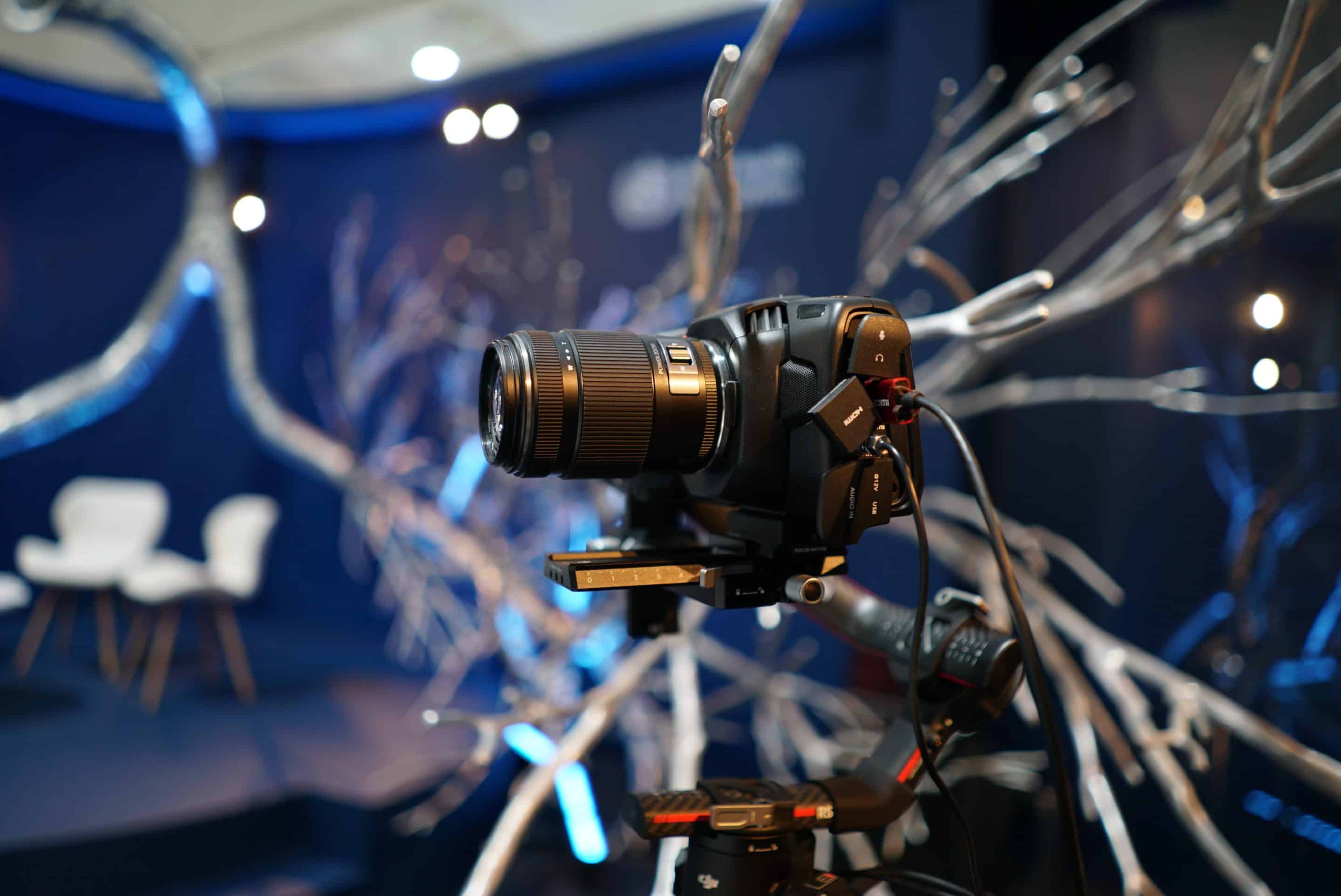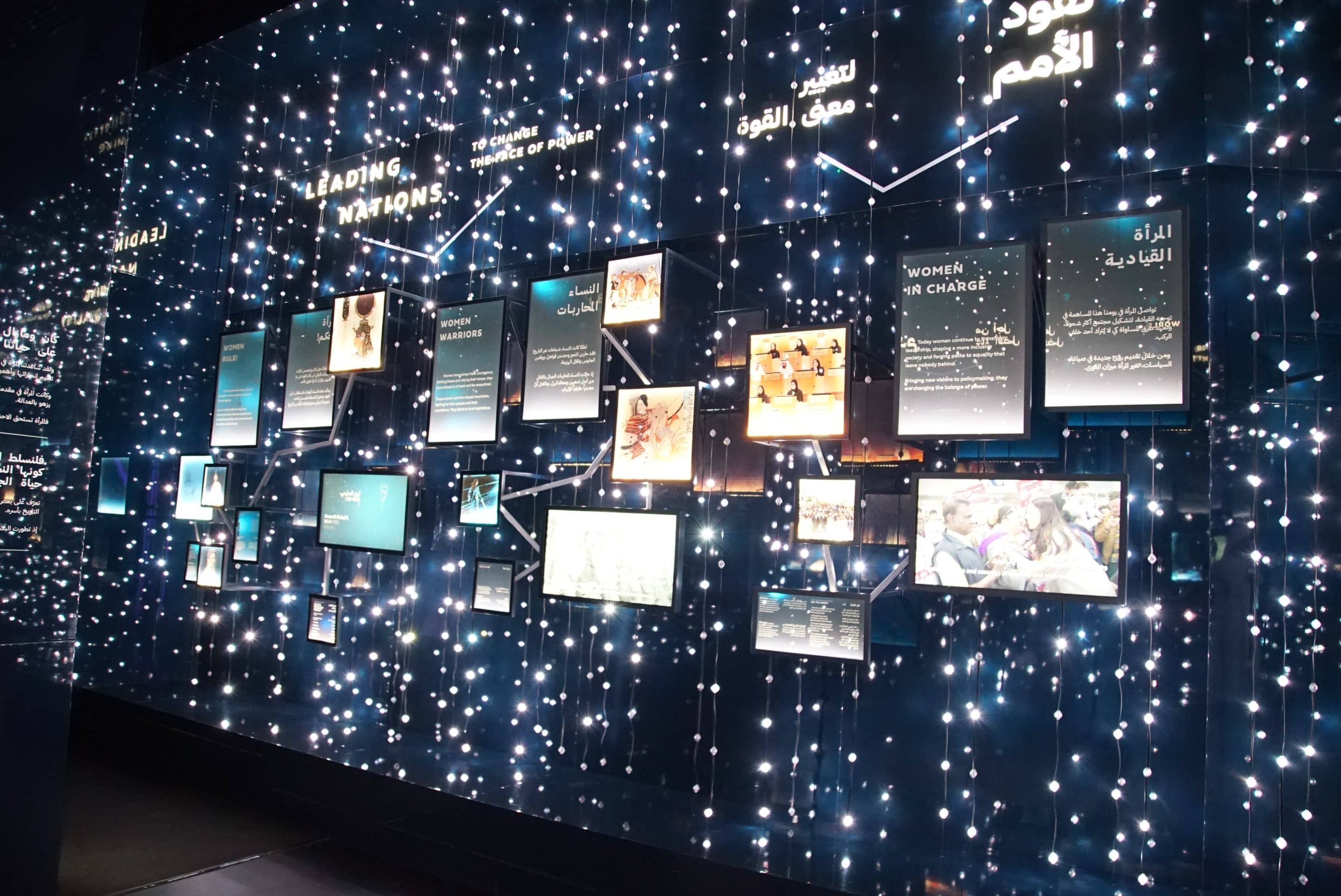SMPTE 2110 is the new standard for IP-based video, audio, and data transport. Learn the differences between 2110 and traditional baseband SDI, and why broadcasters are moving towards IP workflows for flexibility, scalability, and future-proofing.
What is Baseband?
Baseband is the traditional way of transporting broadcast signals, using SDI (Serial Digital Interface) cables. For decades, SDI has been the backbone of live production, delivering video and embedded audio reliably from cameras to switchers, replay servers, and playout systems.
Key characteristics of baseband:
-
Dedicated Cables – Each signal (video, audio, sync) runs on physical cabling.
-
Point-to-Point – One source to one destination per connection.
-
Industry Standard – Used in every broadcast environment for over 30 years.
-
Limited Scalability – Adding more signals means adding more cables, routers, and physical infrastructure.
Baseband is robust and familiar, but it struggles with modern demands like 4K, HDR, high frame rates, and cloud-based production.
What is SMPTE 2110?
SMPTE ST 2110 is a suite of standards developed by the Society of Motion Picture and Television Engineers (SMPTE) to move broadcasting into the IP domain.
It defines how to transport video, audio, and ancillary data as separate streams over standard IP networks.
Key components:
-
2110-20 – Uncompressed video transport.
-
2110-30 – Audio over IP (using AES67).
-
2110-40 – Ancillary data (subtitles, closed captions, metadata).
-
2110-21 – Traffic shaping and delivery timing.
In short, 2110 allows broadcasters to move away from fixed SDI cabling and transport everything over high-bandwidth IP networks.
Why 2110 is Better for Modern Broadcasting
Compared to baseband, 2110 offers several advantages:
-
Scalability – Add more feeds by expanding your network, not by rewiring your facility.
-
Flexibility – Video, audio, and metadata can be managed independently.
-
Remote & Cloud Workflows – Supports remote production and distributed teams.
-
Future-Proofing – Handles UHD, HDR, and next-gen formats with less infrastructure overhaul.
-
Interoperability – Based on open standards, it allows multiple vendors to work together.
2110 vs Baseband: The Key Differences
| Feature | Baseband (SDI) | SMPTE 2110 (IP) |
|---|---|---|
| Signal Transport | Dedicated coax/fibre per signal | Packets over standard IP networks |
| Scalability | Limited by physical infrastructure | Scales with network capacity |
| Video/Audio | Embedded together in SDI | Separated into individual streams |
| Flexibility | Fixed routing | Dynamic, software-defined routing |
| Remote Production | Requires physical cabling | Enables remote & cloud workflows |
| Formats Supported | HD, 3G, 12G with upgrades | Native UHD, HDR, HFR with IP scale |
| Cost | High cabling & router investment | Network-centric, scales efficiently |
How Creative Broadcast Agency Uses 2110
At Creative Broadcast Agency, we specialise in IP-based production environments because:
-
It gives us the flexibility to adapt to each client’s needs.
-
It allows our R&D team to experiment with new workflows like cloud replay, remote switching, and hybrid IP/baseband integration.
-
It ensures we can support next-generation live events, from sports and esports to corporate and NGO productions.
While many broadcasters still rely on SDI baseband, the shift to 2110 is already well underway — especially for large events and new studio builds.
The Future: Hybrid IP and Baseband
Transitioning to 2110 doesn’t mean baseband is dead. Many facilities run hybrid infrastructures, where baseband SDI systems interface with 2110 gateways.
This hybrid approach allows:
-
Legacy SDI equipment to remain in use.
-
Gradual migration to IP-based workflows.
-
Flexibility to mix traditional OB trucks with new IP-based production hubs.
Key Takeaway
-
Baseband SDI is the long-standing, reliable method of signal transport.
-
SMPTE 2110 brings scalability, flexibility, and future-proofing through IP-based workflows.
-
The industry is moving rapidly towards IP production, with hybrid solutions bridging the gap.
At Creative Broadcast Agency, we see 2110 not just as a standard, but as the foundation of modern broadcasting — giving our team and clients the tools to innovate, scale, and deliver world-class productions.











